CDPHE divisions and offices
Divisions
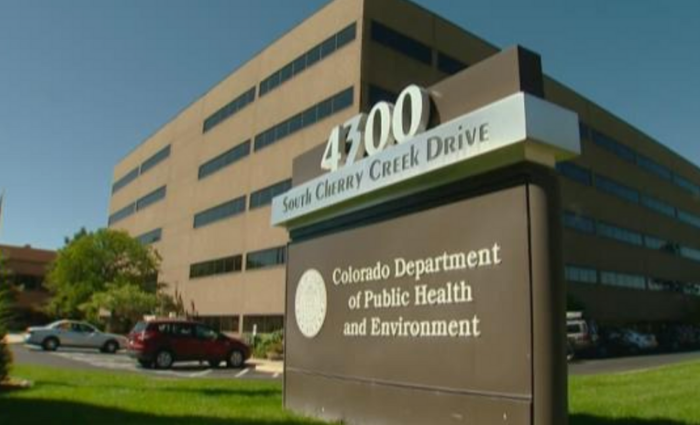
Administration Division (ADMIN)
Includes: Building Operations, Financial Services, the Office of Human Resources, the Office of Legal and Regulatory Compliance, and the Office of Strategy and Performance. The functions that were previously organized under the Community Relations Divisions are part of Administration.
CDPHE leadership | Strategic Plan | Boards and Commissions | Environmental Justice Program

Air Pollution Control Division (APCD)
The APCD protects the health and well-being of Coloradans by enforcing the state's air pollution laws and improving the quality of the air they breathe. The division handles air-related permitting and inspections of Colorado's regulated entities and proposes new regulations under existing state laws.
Air emissions | Asbestos | Climate change | Motor vehicle emissions

Center for Health and Environmental Data (CHED)
The Center for Health and Environmental Data strives to provide timely, innovative and high-quality public health data collection, analysis and reporting services to drive evidence-based decisions, translate data into action and support policy development to protect and improve the health and environment of all Coloradans.
CHED | CoHID | Birth, death and other vital records
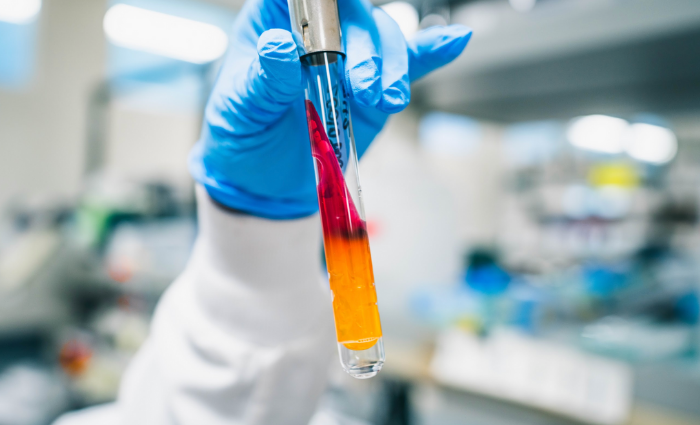
Disease Control and Public Health Response Division (DCPHR)
DCPHR is responsible for making sure that the state of Colorado is prepared to respond rapidly and effectively to public health concerns and emergencies. The division is made up of three units: disease control, laboratory services, and emergency preparedness and response.
Animal-related diseases | Emergency preparedness and response | Emerging infections | Foodborne illnesses | Health Equity | Healthcare-associated infections | Immunization | Laboratory services | Marijuana Health Monitoring Program | Occupational Health and Industrial Hygiene | Tuberculosis | Vaccine-preventable diseases

Division of Environmental Health and Sustainability (DEHS)
DEHS consists of seven programs implementing a variety of services for CDPHE to protect and improve Colorado's environment and human health. The division delivers services that assure safe food from production to consumption through our milk, manufactured food and retail food programs; maintains acceptable conditions in schools, child care facilities, and state correctional and tanning facilities. The division also protects land, water and air quality resources affected by the agricultural animal feeding industry; and protects and improves Colorado’s environment through programs that conserve and reuse resources, prevent pollution, and advance the principles of sustainable development.
Child care and school regulations | Environmental agriculture program | Food safety and licensing | Sustainability programs | Tanning (artificial)

Hazardous Materials and Waste Management Division (HMWMD)
HMWMD seeks to improve the quality of the environment and public health for the citizens of Colorado by continuously improving our efforts to ensure proper management of hazardous materials and waste. HMWMD includes the following topics areas:
Environmental cleanup | Hazardous waste management | Radiation control | Radon | Solid waste management
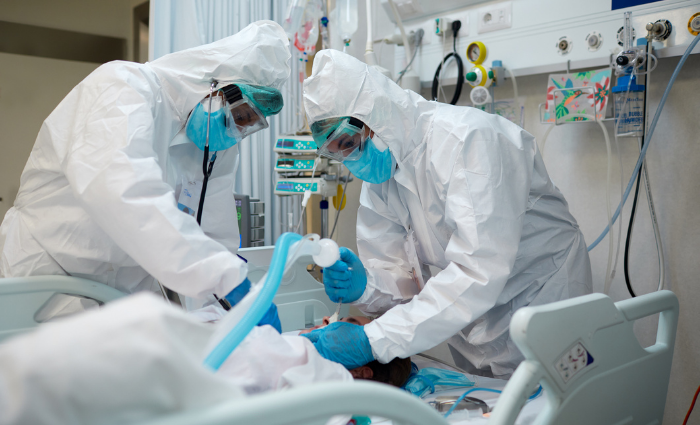
Health Facilities and Emergency Medical Services Division (HFEMSD)
HFEMSD serves to protect the health, safety and welfare of all health care system users and ensure access to quality health care for all Coloradans. HFEMSD includes the following topic areas: EMS and emergency medical responders | EMS and trauma funding | EMS and trauma data | Health facilities
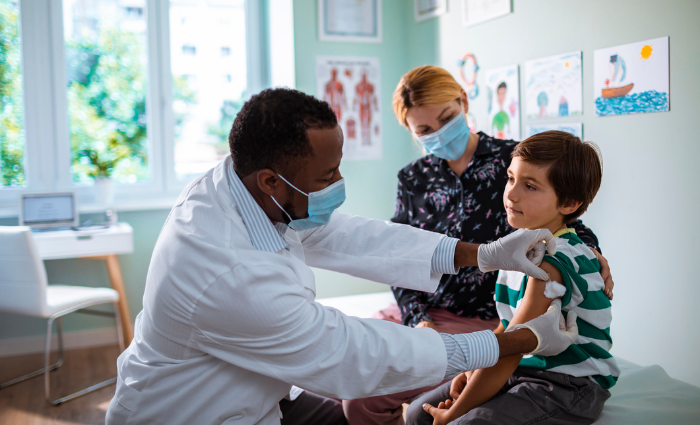
Prevention Services Division (PSD)
PSD improves the health, well-being, and equity of all Coloradans through health promotion, prevention, and ensuring access to health care. PSD includes the following topic areas:
Babies | Cannabis | Chronic diseases | Gun Violence Prevention | Health Access | Healthy eating and active living | Immunizations | Injury prevention | Maternal and child health | Nurturing families and communities | Nutrition services | Oral health | Sexual health | Suicide prevention | Tobacco | Women's health
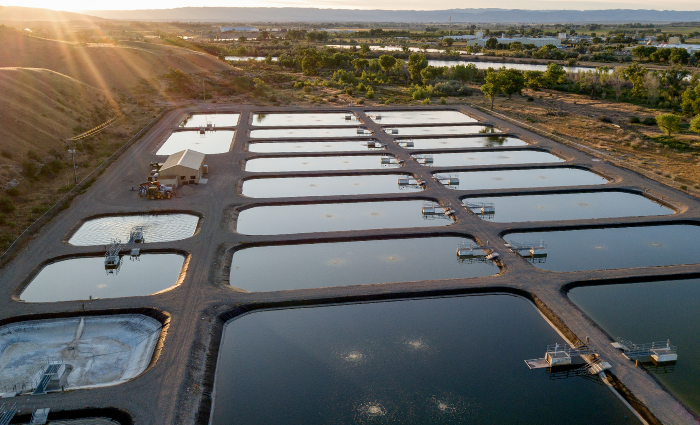
Water Quality Control Division (WQCD)
The WQCD monitors and reports on the quality of state waters to prevent water pollution, protect, restore and enhance the quality of surface and groundwater while ensuring that all drinking water systems provide safe drinking water. The division inspects water systems, issues permits, ensures compliance, and takes action against entities who violate the state and federal regulations.
Clean Water | Drinking water information for consumers | Drinking water for public water systems
Offices
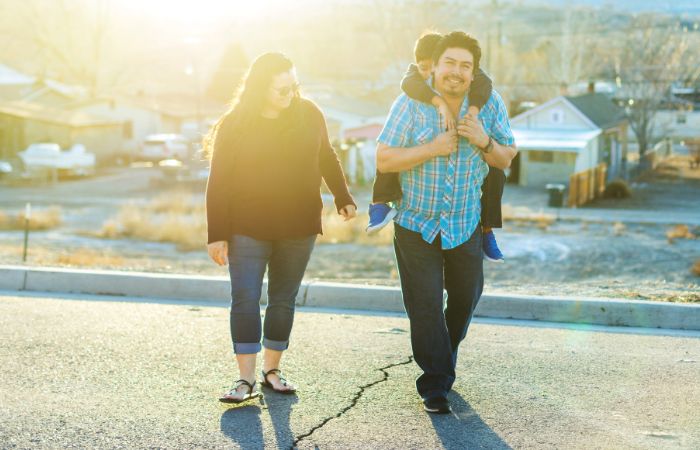
Office of Environmental Justice
The Office of Environmental Justice (EJ) was established in 2021 to promote environmental justice across all four CDPHE Environmental Divisions. Its mission is to protect communities in Colorado that are disproportionately impacted by environmental injustices, pollution, and climate change. The Office of EJ's work focuses on:
Colorado EnviroScreen | Environmental Justice Grants Program | Environmental Justice Complaints | Supplemental Environmental Projects

Office of Health Equity (OHE)
The Office of Health Equity works to build partnerships to mobilize community power and transform systems to advance health equity and environmental justice.
Tools & Resources | Statement on Structural Inequity | Health Equity Commission | Health Disparities Grant Program

Office of Communications
The Office of Communications (OC) oversees all communications for CDPHE to help protect Colorado’s environment and the health and safety of all Coloradans. The OC provides clear, concise, timely, and accurate information in all forms of media.

Toxicology and Environmental Epidemiology Office (TEEO)
TEEO, in the Division of Environmental Health and Sustainability, is a bridge: between environmental divisions, between environmental and public health programs at the department, and between environmental programs and local public health agencies. The office works to identify sources of concern in the environment, identify potential health impacts, and inform projects and policy decisions. We strive to empower communities and individuals by telling stories and communicating risk clearly and equitably. Our programs include Environmental Public Health Tracking, the Childhood Lead Poisoning Prevention Program, The Oil and Gas Health Information and Response Program, and the Toxicology and Risk Assessment Program.
Oil and Gas and Your Health | Childhood Lead Poisoning Prevention | Environmental Public Health Tracking

Office of STI/HIV/VH
The office is committed to high-quality services, innovative public health practices, and community partnerships. We work to ensure medically accurate STI/HIV/VH-related prevention, care, and treatment services for all people in Colorado. Functions include public health surveillance of STI/HIV/VH; follow-up of people newly diagnosed with an STI/HIV/VH to ensure adequate treatment and referrals to care; access to care, partners services, and treatment as appropriate; developing comprehensive prevention programs; and conducting program evaluation to enhance the use of STI/HIV/VH data to direct prevention and care activities. The Office of STI/HIV/VH is committed to disrupting inequities and operates on the belief that all people across the state should have equitable opportunities to live healthy lives.

Office of Public Health Practice, Planning, and Local Partnerships (OPHP)
The OPHP supports public health throughout Colorado by promoting collaborations, partnerships, and planning; by serving as liaisons, and linking local public health agencies to each other and to state and national entities; and by providing consultation and technical assistance.
OPHP | CHAPS